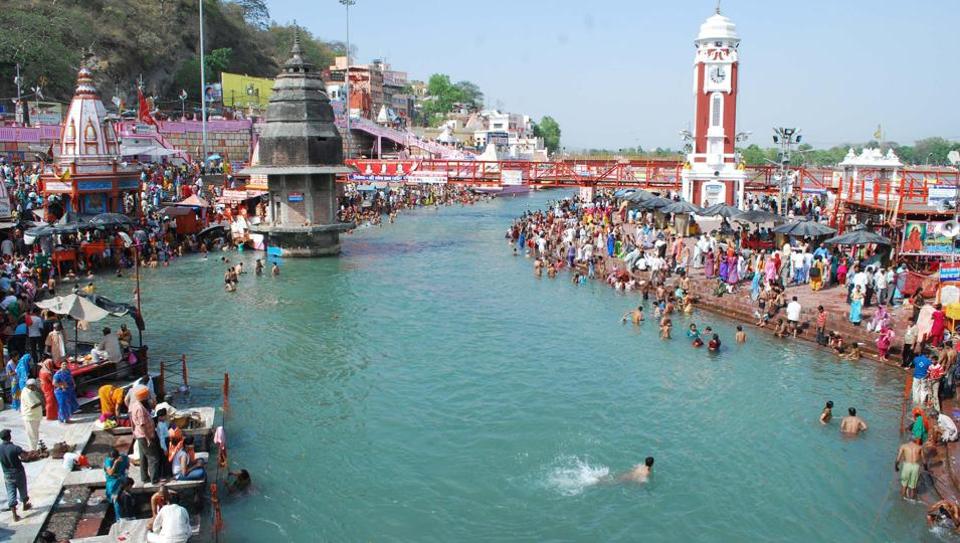Ganges and Yamuna
March 22, 2017 | Expert Insights

The Ganges river, considered sacred by more than 1 billion Indians and has become the first non-human entity in India to be granted the same legal rights as people. A court in the northern Indian state of Uttarakhand ordered on Monday that the Ganges and its main tributary, the Yamuna, be accorded the status of living human entities. The decision, which was welcomed by environmentalists, means that polluting or damaging the rivers will be legally equivalent to harming a person.
Whanganui river
- The judges cited the example of the Whanganui river, revered by the indigenous Māori people, which was declared a living entity with full legal rights by the New Zealand government last week.
- In a world-first a New Zealand river was granted the same legal rights as a human being.
- The local Māori tribe of Whanganui in the North Island has fought for the recognition of their river – the third-largest in New Zealand – as an ancestor for 140 years.
- The case arose after officials complained that the state governments of Uttarakhand and neighbouring Uttar Pradesh were not cooperating with federal government efforts to set up a panel to protect the Ganges.
Analysis
- There are already 1.5bn litres of untreated sewage entering the river each day, and 500m litres of industrial waste.
- All of this will become illegal with immediate effect, but you can’t stop the discharge immediately.
- Indian courts have been critical of three decades of government efforts to clean up the Ganges, a 2,500km waterway named after the Hindu goddess Ganga. The latest cleanup initiative has set 2018 as its deadline, one that water ministry officials have reportedly conceded is unlikely to be met.
- Yamuna, which is monitored by 22 sewage treatment plants in Delhi. “But none of them are functioning according to their design in terms of quantity and quality and the reason is not clear.
- Environmental activists say many rivers in India have become dirtier as the economy has developed, with city sewage, farming pesticides and industrial effluents freely flowing into waterways despite laws against polluting.
Assessment
The perspective of treating the river as a living entity is the correct way to approach it, as an indivisible whole, instead of the traditional model for the last 100 years of treating it from a perspective of ownership and management. We need a simple management system for each of the plants and give independent people the mandate to inspect them, question the officials and have them write daily and quarterly reports so that lessons are actually learned.








Comments